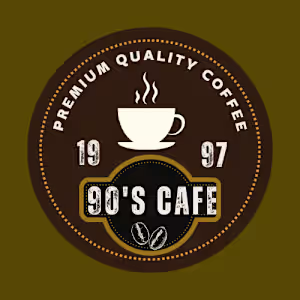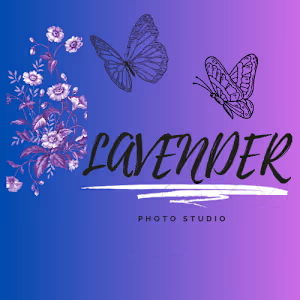Logo Designer
Contact for pricing
About this service
Summary
What's included
Logo Design Deliverables: A Comprehensive Package for Your Brand Identity
As a logo designer, the deliverables you can provide to your client typically include: Primary Logo: This is the main version of the logo design that represents the brand and its identity. It will be the most commonly used version across various platforms. Secondary Logo Variations: These are alternative versions of the primary logo, such as a simplified version for small sizes, a horizontal or vertical orientation, or variations with different color options. These provide flexibility in logo usage across different mediums. Logo Usage Guidelines: A document that outlines how the logo should be used, specifying minimum size requirements, clear space, preferred colors, and any additional guidelines for maintaining the logo's integrity and consistency. Color Palette: A selection of colors used in the logo design, along with their corresponding color codes (RGB, CMYK, or HEX values). This helps ensure consistent color reproduction across various applications. Font Recommendations: If custom fonts are used in the logo, providing font recommendations or sharing font files can help maintain consistency in brand communication. High-Quality Logo Files: The final logo design files in various formats, such as vector formats (e.g., AI, EPS, SVG) for scalability, as well as raster formats (e.g., JPEG, PNG) for web and print use. These files should be provided in both color and black-and-white versions. Mockup Presentation: Presenting the logo design in realistic mockups, such as on stationery, signage, or digital platforms, helps the client visualize how the logo will appear in real-world applications. It is essential to discuss and clarify with the client the specific deliverables they require for their logo design project, as it may vary based on their needs and intended usage.
Example projects
Skills and tools
Logo Designer

Canvas



